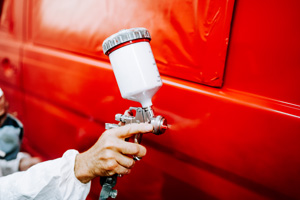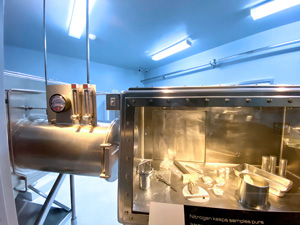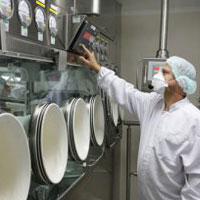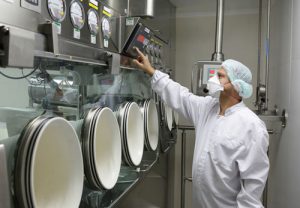 When walking through the grocery store and picking up a bag of flour or sugar, you’ve probably never thought about the process that it took to get these items packaged. The small particle size of these materials requires specialized handling to ensure there is minimal damage or loss, which is called pneumatic conveying.
When walking through the grocery store and picking up a bag of flour or sugar, you’ve probably never thought about the process that it took to get these items packaged. The small particle size of these materials requires specialized handling to ensure there is minimal damage or loss, which is called pneumatic conveying.
A pneumatic conveying system works by moving the material through an enclosed conveyor line using a combination of pressure differential and the flow of air (or another gas) from a blower or fan. Pneumatic conveying systems can be used to transport cement, starch, sugar, salt, polymers, plastic powder, and other powdered/granular bulk materials. The two most common forms of pneumatic conveying systems are dilute phase and dense phase.
Continue reading “An Introduction to Pneumatic Conveying”


 Jaguar. Ford. Ferrari. Three iconic automakers with storied racing pedigrees that have made some of the fastest and most beautiful cars in the world, each draped in a coat of paint of their own signature color: British Racing Green, Ford’s Grabber Blue, and Ferrari’s Rosso Corsa.
Jaguar. Ford. Ferrari. Three iconic automakers with storied racing pedigrees that have made some of the fastest and most beautiful cars in the world, each draped in a coat of paint of their own signature color: British Racing Green, Ford’s Grabber Blue, and Ferrari’s Rosso Corsa.


 You arrive at a large field, small sprouts peeking out of the soil. At the center of the field lies a structure connected to a span of pipe from which sprinklers hang. Trusses brace and support its weight. From the air, this field would appear to be a perfectly circular patch of green.
You arrive at a large field, small sprouts peeking out of the soil. At the center of the field lies a structure connected to a span of pipe from which sprinklers hang. Trusses brace and support its weight. From the air, this field would appear to be a perfectly circular patch of green.
 of the process, such as dust or vapors, can create conditions for a hazardous environment. Processes that have potential for hazardous environments include: water treatment, oil drilling, gas and chemical processing, power generation, pharmaceutical, and food manufacturing. The measurement and control of these processes are essential in maintaining optimal conditions of the manufacturing system and preventing catastrophic events.
of the process, such as dust or vapors, can create conditions for a hazardous environment. Processes that have potential for hazardous environments include: water treatment, oil drilling, gas and chemical processing, power generation, pharmaceutical, and food manufacturing. The measurement and control of these processes are essential in maintaining optimal conditions of the manufacturing system and preventing catastrophic events.